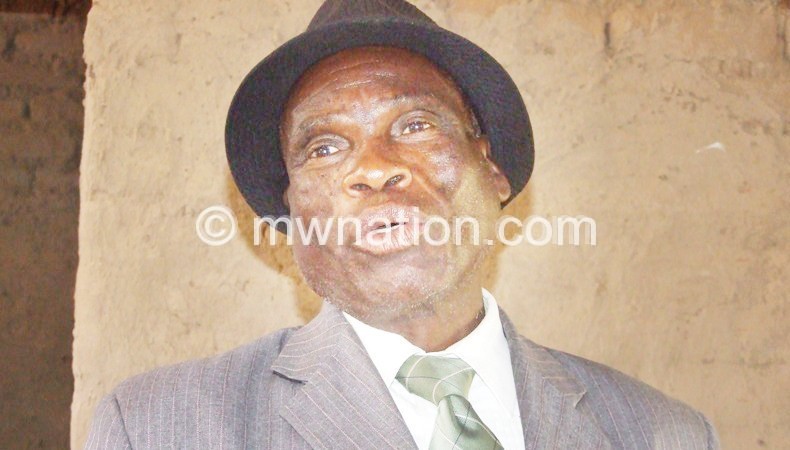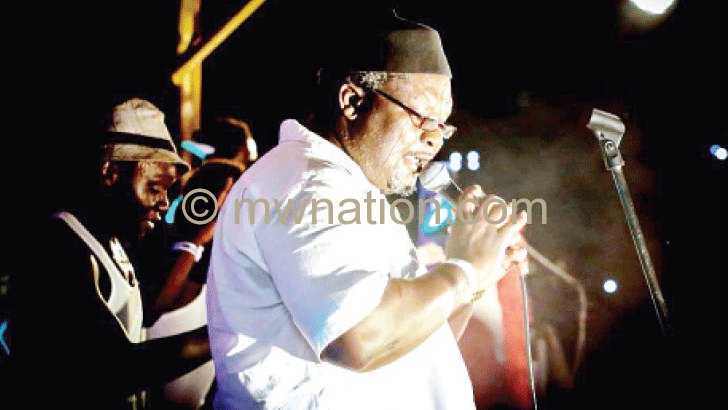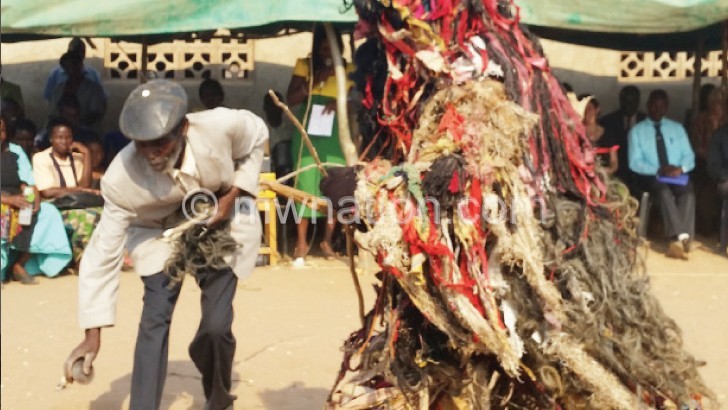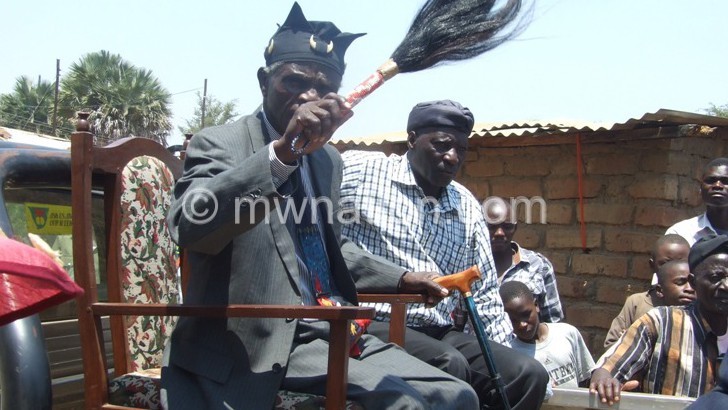Mwahengas preserve culture through salutations
The power of poetry over prose is in its condensation. The Mwahenga people in the Henga Valley, Rumphi seem to know this fact.
They have condensed their two-paged history in seven words. This history is, however, not in form of poetry but a salutation.
“Eeeh Ngulukira! Ikazuuka ikothera. Mpotasambo Katong’ongo mgalang’ombe,” is the salutation that always leaves people in ecstasy every time Traditional Authority (T/A) Mwahenga is introduced to address any gathering.

The Mwahenga, led by Gonaluphondo as their first chief, came from Timbuktu in Mali and settled at Mahenge in Tanzania, near the river Luhuju, according to a written history at T/A Mwahenga’s office.
Between 16th and 17th century, they crossed Lake Malawi from Kapondo in Tanzania and docked at Chombe in Rumphi before settling at Phwezi.
“By then, Henga Valley was a swamp area. We settled at Phwezi because it was a raised ground,” explains Mwahenga, born Foster Chimdima Mhango.
After the death of Gonaluphondo, who married Nyauzumara, his first son Katong’ongo took over the throne and led his subjects to settle at Henga Valley.
The area had now dried up and was rich with salt minerals.
“We came from Tanzania as traders. When we settled at Henga we found that there was soil rich with salt. We started filtering the soil to get the salts for sale. By then the place had no name. So, we named it Henga, a Tumbuka word for Mahenge where we came from.
“The people we found in the area started calling us Mwenehenga but because of mispronunciation, others called us Mwahenga.
“My surname Mhango was changed from our original Mhando which we were known with in Tanzania.
“We changed it to suit the Tumbuka we found in the Henga Valley,” explains the T/A.
Henga Valley stretches from Tchecheche River in the area to Enukweni in Mzimba, he says.
But his area of jurisdiction ends at Njakwa in Rumphi, with over 60 chiefs as his subjects.
Mwahenga says the salutation that his ‘nduna’ gives before he addresses any gathering is meant to keep this history.
Eeeh Ngulukira is a salutation for any respectable figure.
It is used to introduce a narration Ikazuuka ikothera of how the Mwahenga crossed the lake with their chief.
After crossing the lake at Chombe, the chief with his people basked on the beach for the rising sun.
And the salutation ends with Mpotasambo Katongong’ngo mgalang’ombe, which is to say after the death of Gonaluphondo, his “mighty” son Katong’ongo took over the throne.
But, according to Henga culture, enthronement does not happen without “death of a cow”.
“Mgalang’ombe is a place where we conduct a coronation ceremony. At such a place, a cow is supposed to die.
“We can’t enthrone a chief without killing a cow. We don’t kill any other animal but a cow. To us, a cow is a very important and symbolic animal,” he says.
The Mwahengas have been ruled by 13 chiefs from the time Katong’ongo took over the crown.
It was, however, a chieftaincy at a village level until 1923 when government recognised it as Native Authority.
The first chief to be recognised by government was Lameck Chimdima Mhango, father to the current chief. There have been four chiefs between Lameck and Foster who was crowned in 2001 as a Sub-T/A.
In 2013, the then president Joyce Banda elevated him to T/A. His son, Frank, is next on the line.
Mwahenga, a holder of GCE certificate from the University of London, has four wives and 12 children.





